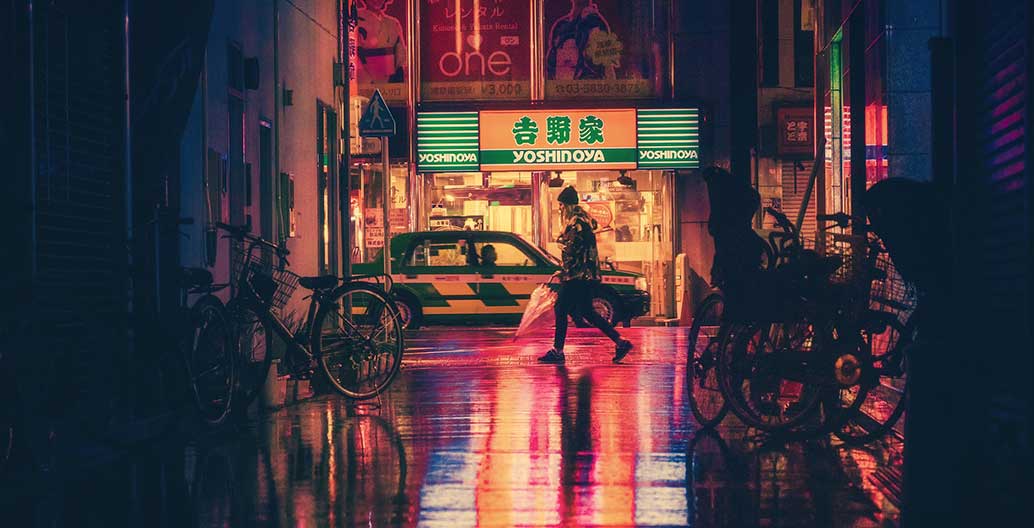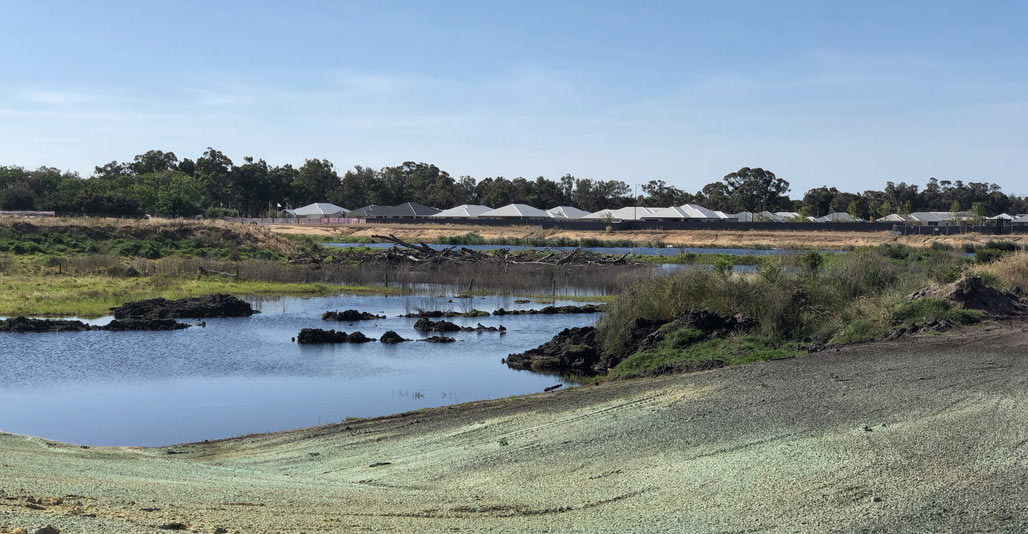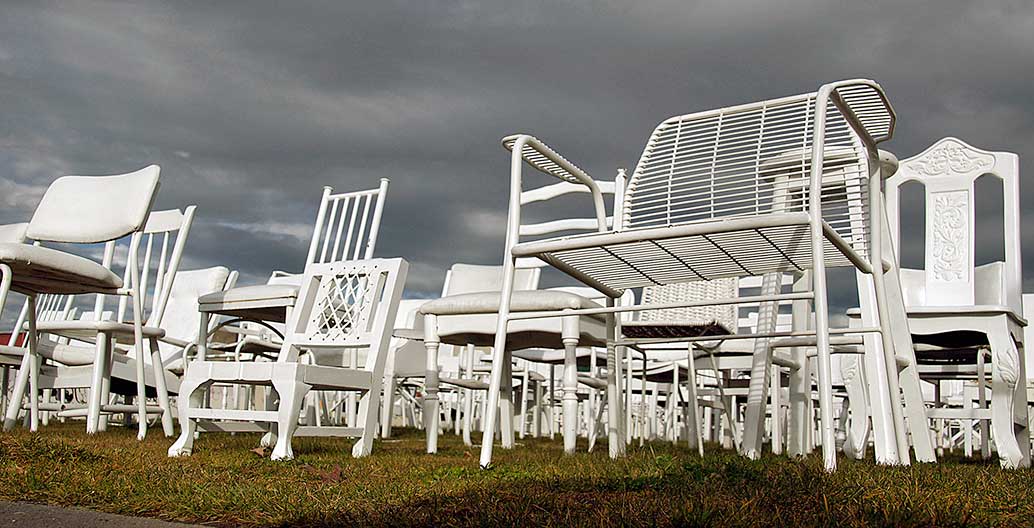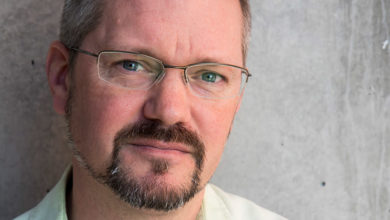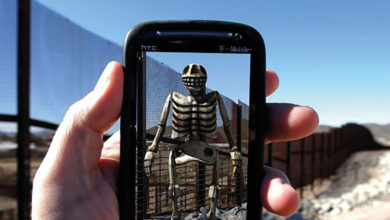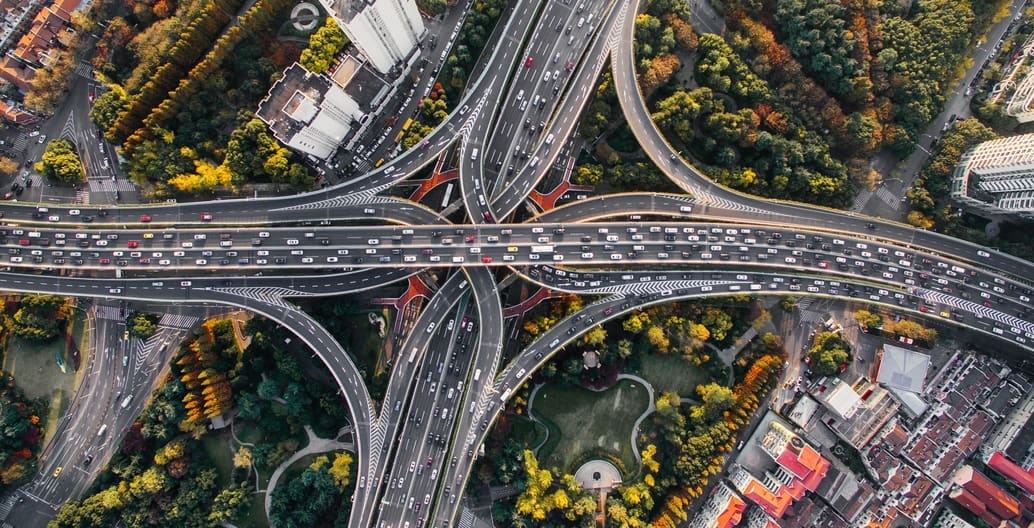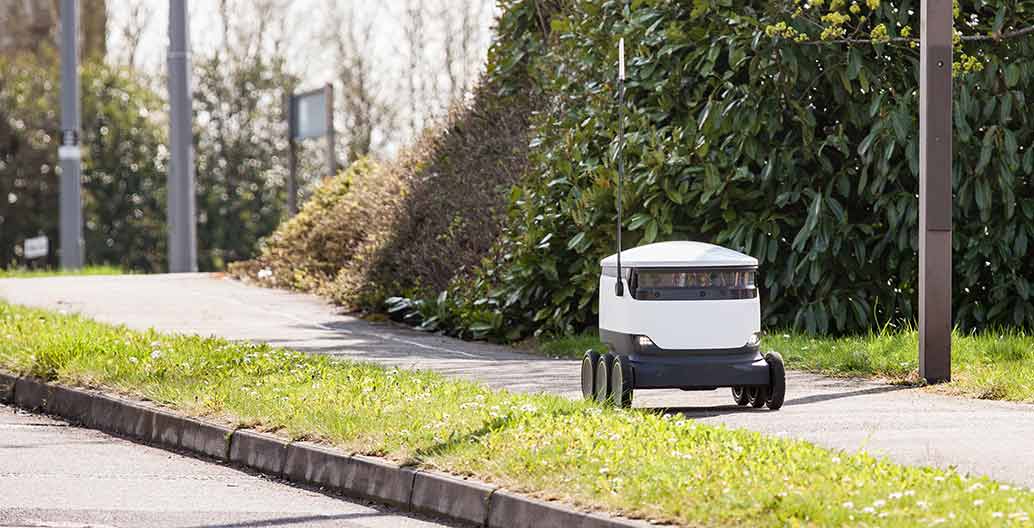
The Foreground five: July’s most-read stories
The future of streets has been on Foreground readers’ minds in July: what they’ll look like, why they’ll need trees and how tactical urbanism strategies might help navigate the challenges ahead, as shown in Christchurch’s re-building efforts. Here are the month’s most-read stories.
1. What will the footpath of the future look like?
“Many footpaths today are already functionally obsolescent, due simply to the fact that they’re not wide enough to accommodate existing requirements, let alone burgeoning future uses.”
Technological developments will bring changes large and small to urban transport infrastructure over the coming decades, but the most widely felt impacts will be on the humble, low tech footpath.
2. Why streets need trees: in conversation with Libby Gallagher
“Environmental issues can seem monumental and overwhelming. But if you give people an opportunity to engage with something at their front door, suddenly they feel empowered to start making a positive difference.”
Two years after launching the award-winning Cool Streets project in Sydney’s Blacktown, Libby Gallagher remains a staunch advocate for the role that street trees play in mitigating the impacts of climate change and making better cities.
3. Perth’s second coast
“Groundwater enabled Perth to maintain the most consumptive water culture in Australia and feel little compelled to change behaviour, despite a drying climate and growing population.”
Understanding and designing with Perth’s ‘second coast’ is key to the city’s future.
4. The politics of pop-ups: tactical urbanism in post-quake Christchurch
“Post-quake Christchurch offers important clues in understanding the potential of tactical urbanism as an urban development approach.”
After natural disaster devastated Christchurch in 2011, the city became a test-bed of sorts for “tactical urbanism”, a new form of activist city-shaping that makes a merit of temporary intervention. Nearly eight years on, Barnaby Bennett considers the long-term legacy of these short-term projects.
5. Inventive urban greening: Sydney rises to the green infrastructure challenge
“There is a need to hold developers to account to deliver on their promises in what actually gets built. It’s a long process and good intentions are lost along the way.”
In Sydney, Australia’s largest publicly accessible green rooftop and a garden-filled multi-residential development emphatically demonstrate the value of plantings beyond conventional parks and suburban gardens.
